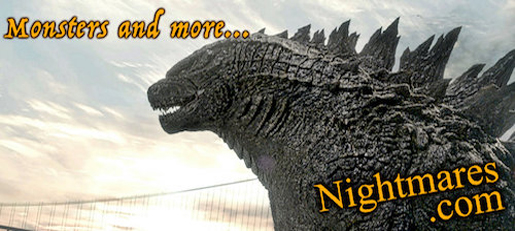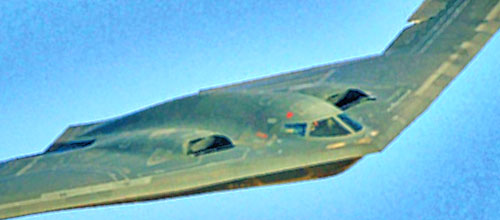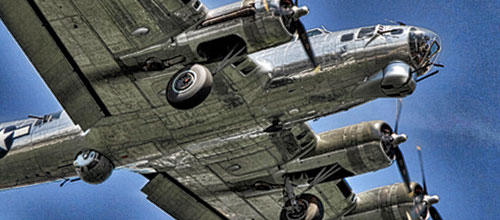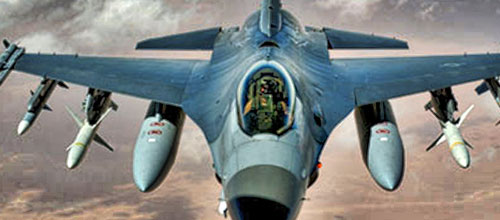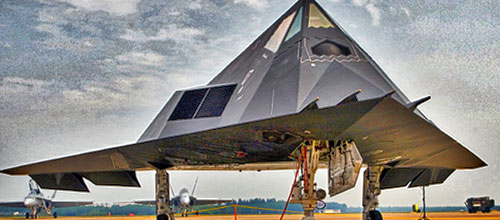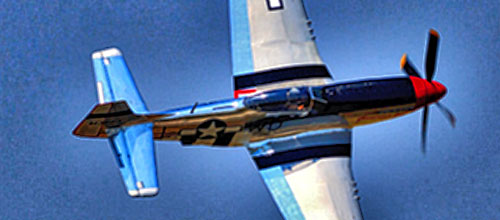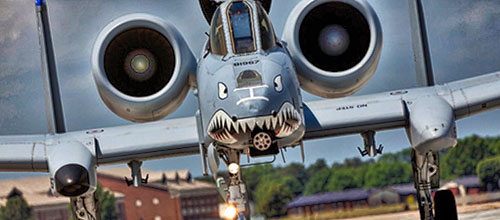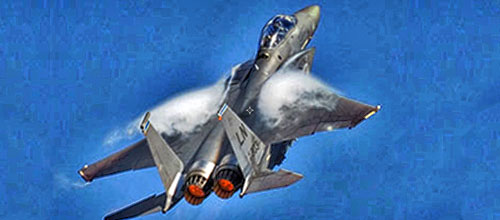Virginia Air & Space Center

600 Settlers Landing Rd,
Hampton, VA 23669
website
Located in Hampton, Virginia, the birthplace of America’s space program, the Virginia Air & Space Center features dozens of hands-on air and space exhibits, a premiere interactive aviation gallery that spans 100 years of flight, more than 30 historic aircraft, unique space flight artifacts and more! Your imagination will soar as you launch a rocket, pilot a space shuttle, become an air traffic controller, fly an airplane, and climb aboard a WWII bomber! Come face to face with the Apollo 12 Command Module that went to the moon, a Mars meteorite, a DC-9 passenger jet, a replica 1903 Wright Flyer and more!
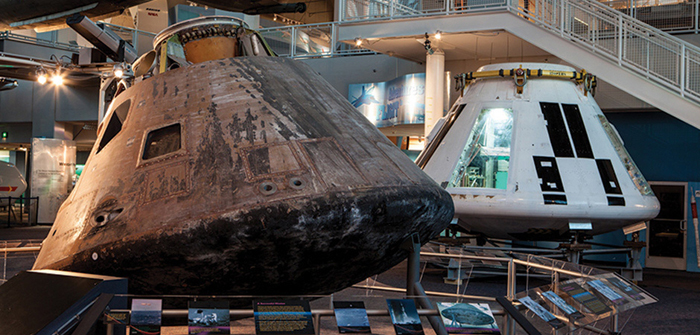
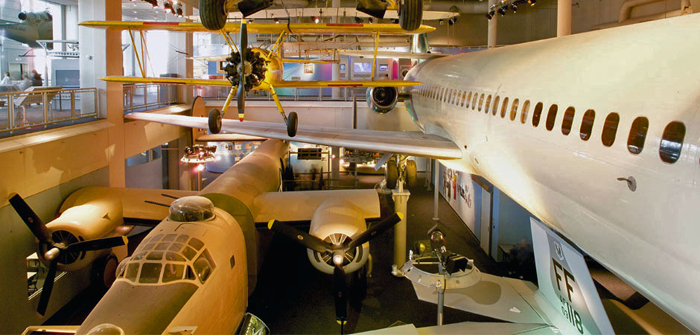
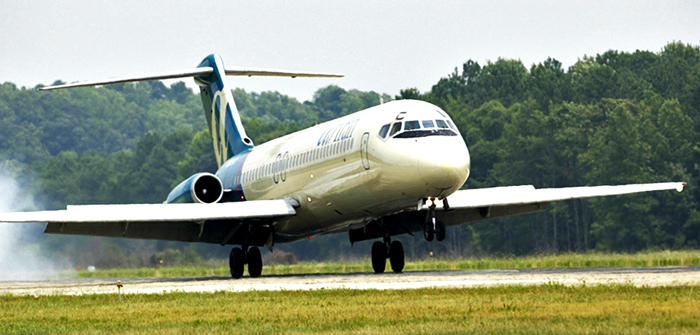
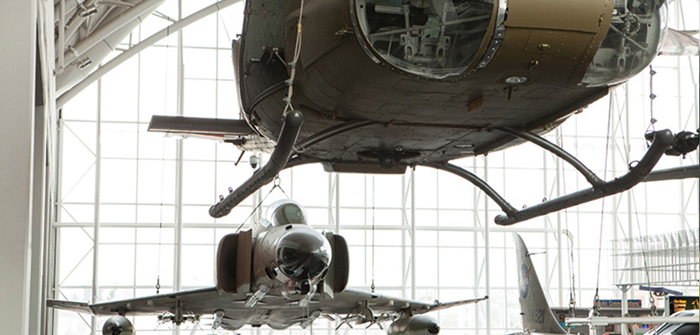
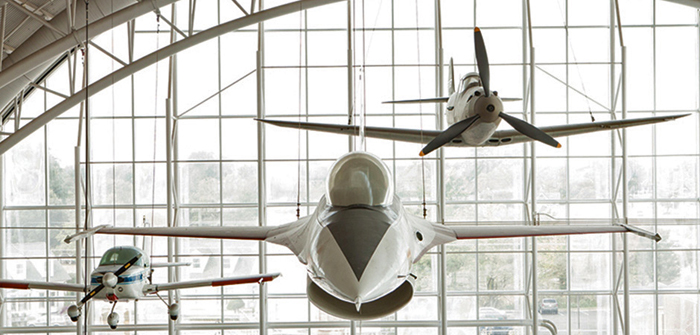
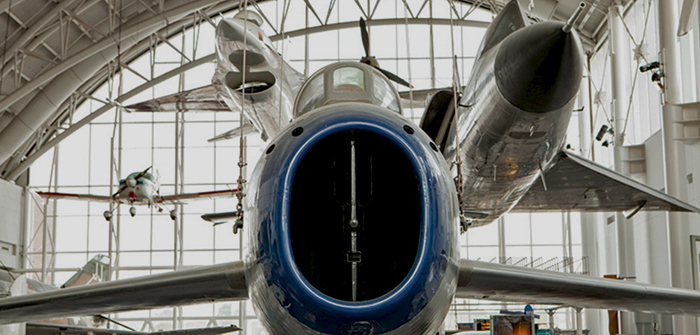

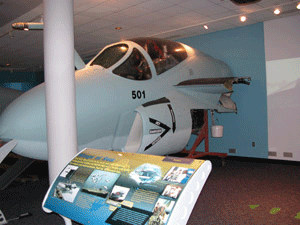
The nose-section of an A-6 greets visitors on the floor and an interpretive display describes how Navy aircraft differ. Families can even get in on the action with a green-screen exhibit that allows visitors to step into the shoes of a “Shooter.” Guests experience the exhilaration of launching a Navy fighter from an aircraft carrier through green-screen technology that places the participant right on the deck and as a member of the Rainbow Crew.
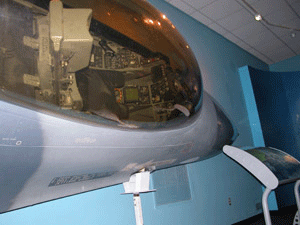
An insider’s look at modern-day military aircraft is offered with several exhibits and artifacts, including the nose-section of an F-16 where visitors can peer into the cockpit of this popular fighter. An interpretive display puts visitors in the driver’s seat of an F-16 giving them an intense look at the challenges pilots face.
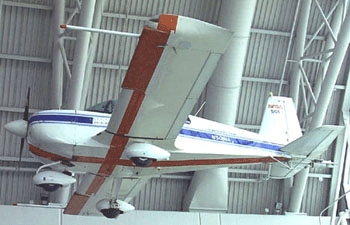
The Grumman-American Yankee was built in 1969 as a two-seat general aviation passenger plane.
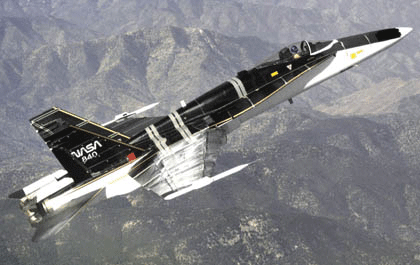
The F-18 HARV (High Alpha Research Vehicle), a former NASA research aircraft, was used to improve the safety and maneuverability of modern military fighters in combat situations. Flight research with the HARV increased our understanding of flight at high angles of attack, helping makers of U.S fighter jets design features that will make fighter jets safer to fly.
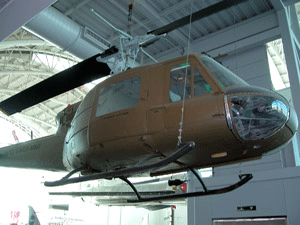
Iroquois was used for transporting personnel and equipment, medical evacuation, and reconnaissance and security duty during the Vietnam War.The “Huey” has a fighter and night tracker system to detect and acquire ground targets under low lighting conditions.
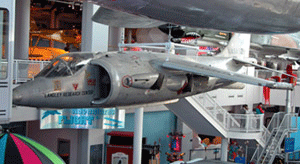
Hawker Siddeley XV-6A Kestrel, NASA Tail. The aircraft was used as a research aircraft by NASA Langley Research Center from 1968 to 1974 The successful demonstration of the Kestrel led to the development of the “Harrier,” the world’s first operational vertical take-off and landing jet fighter.



